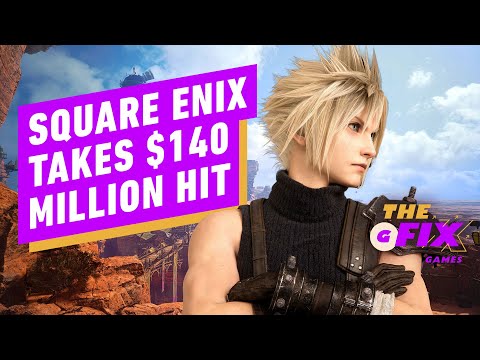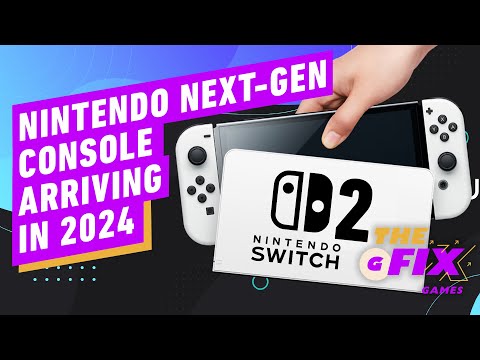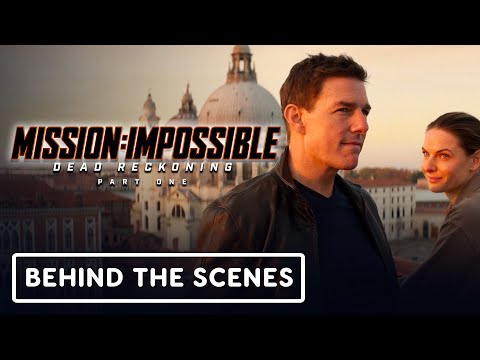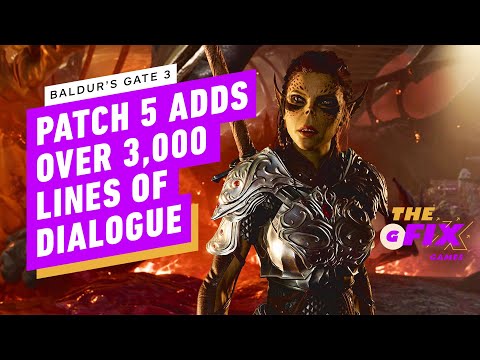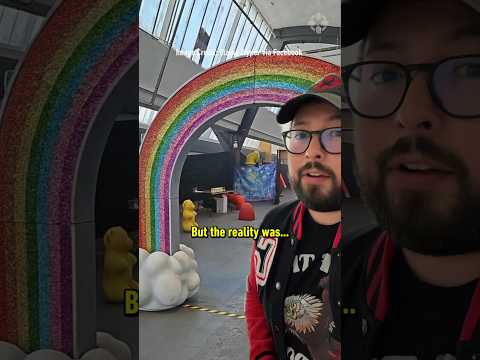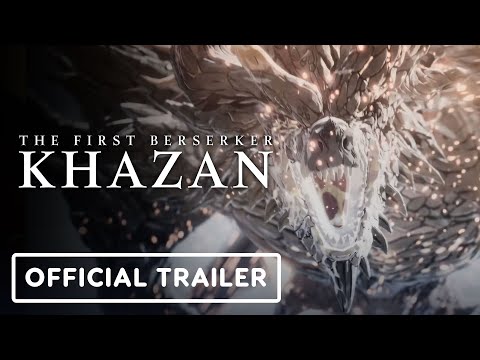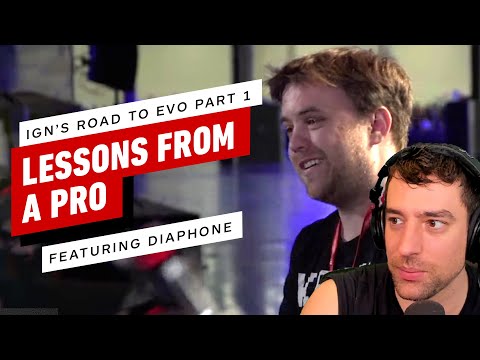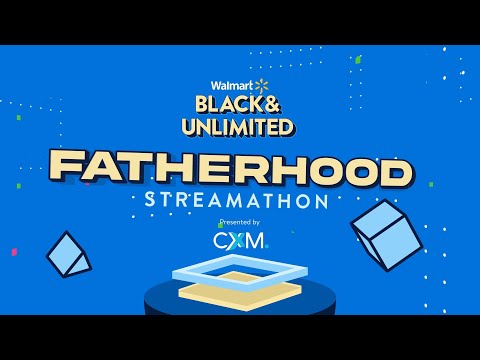
A not so long time ago in a galaxy very close by, the idea of new entries in blockbuster franchises that were guaranteed to be the biggest movies of the year wasn’t actually a given. Extravagantly expensive, four-quadrant, IP-based entertainment may be the lay of the land today, but rolling the clock back even a quarter of a century shows a very different world for big budget filmmaking. Believe it or not, science-fiction and superhero franchises weren’t all the rage, studio movies didn’t always cost obscene amounts, and the entirety of the Star Wars saga consisted of three theatrical films (and no, the Holiday Special and Ewok movies don’t count).
But all of that changed on May 19th, 1999, when George Lucas and 20th Century Fox released Star Wars: Episode I – The Phantom Menace. What was at the time merely a highly anticipated continuation of one of the most iconic film trilogies in Hollywood history has proven to have possibly been the landmark moment that distinguished how movies were made in the 20th century versus the 21st.
For an entire generation of younger filmgoers, knowing the summer months will be dominated by new installments in long-running franchises that build elaborate sagas out of their favorite fictional worlds has been the status quo for as long as they’ve been alive. But this was not the world in which The Phantom Menace was released, where it was actually something of an anomaly. Not that franchises with many installments were unheard of (there were 5 Planet of the Apes films, 9 Star Trek movies, 20 James Bond films, and 23 Godzilla movies by the time Episode I was released), but more so that serialized storytelling, where franchise films acted less as standalone entries but more as chapters of an overarching narrative, was rare in mainstream film in 1999.
Part of that was related to technology; before the rise of the home video market and the internet, tracking down every entry of a franchise could be difficult, so it was more prudent to not bank on the audience having seen all of the previous installments. But in the lead-up to the 2000s, it became easier than ever to learn about and access older films, creating a golden opportunity for studios and filmmakers who had dreamed of crafting operatic cinematic storytelling on a grand scale to finally realize their ambitions. Expecting general audiences to be capable of keeping up not just with multi-film continuity but also more complex lore and in-universe mythology was now a viable approach. In the same way that George Lucas helped codify the mold for summer blockbusters with the original Star Wars film in 1977, so too did he capitalize on the shifts in technology and its effects on the widespread social reorganization of how we consume stories near the turn of the millennium with Star Wars: Episode 1 in 1999.
From a focus on serialized storytelling with deep lore and mythology, the science-fiction, superhero and cinematic universe boom ascending to the top of the box office, heavy VFX integration with the aim to transport audiences to wholly new worlds, and even negative instances like backlash from fandoms to perceived problems having an impact on future installments and a predisposition towards nostalgia when bringing back fan-favorite franchises, The Phantom Menace preceded and informed pretty much every blockbuster trend that took hold over the past two decades and change. How did this happen? Let’s take a look.
#IGN #StarWars




